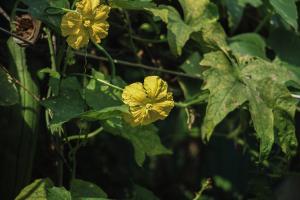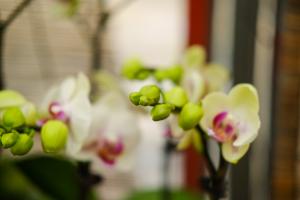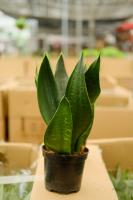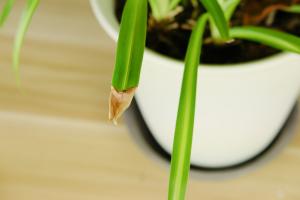Can Bamboo Plants Live in Colored Water?
Bamboo plants, also known as lucky bamboo, are a popular indoor decor option for many households. With their elegant look and low maintenance requirements, they add a touch of nature to any room. One question that often arises is whether bamboo plants can live in colored water. Let's take a closer look at this topic.
The Science Behind Bamboo Plants
Bamboo plants are not actually bamboo plants at all, but rather a type of dracaena plant known as Dracaena sanderiana. These plants are native to tropical regions of Africa and are grown hydroponically, which means they can survive without soil. Bamboo plants derive their nutrients from the water in which they are grown, absorbing it through their roots.
The color of the water has no impact on the plants' ability to absorb nutrients. This is because the nutrients are dissolved in the water, rather than being supplied by the color of the water. The roots of bamboo plants are able to absorb nutrients in any color of water, whether it's clear, green, blue, or any other color.
The Impact of Chlorine in Colored Water
While the color of the water does not affect the absorption of nutrients, there is one important factor to consider when using colored water for bamboo plants - chlorination. Most tap water contains chlorine, which is used to disinfect the water and make it safe for consumption. This chlorine can be harmful to bamboo plants, particularly when the concentration is high.
If you plan to use colored water for your bamboo plants, it is important to allow the water to sit for at least 24 hours to allow the chlorine to dissipate. This is particularly important for plants that are grown in small vases, as they may be more prone to absorbing high concentrations of chlorine. Alternatively, you can use filtered water or bottled water, which tends to have lower levels of chlorine.
The Aesthetics of Colored Water
Many people choose to use colored water for their bamboo plants to add to the aesthetics of the plant. Colored water can create a unique and visually interesting look, particularly when paired with decorative rocks, pebbles or other items in the vase.
When selecting a color of water, it is important to consider the overall look and feel of the room. Neutral or natural tones may create a more serene environment, while bright or bold colors may be more suited to a contemporary or playful aesthetic. There are also many different shades to choose from, so you can customize the look of your bamboo plant to fit your unique style.
Conclusion
In conclusion, bamboo plants can survive in colored water as long as the water is not overly chlorinated. The color of the water does not impact the plant's ability to absorb nutrients, making it a safe and fun way to add to the aesthetics of your plant. By following these tips, you can enjoy a beautiful and healthy bamboo plant that helps to bring a touch of nature into your home.

 how many times do yo...
how many times do yo... how many planted tre...
how many planted tre... how many pine trees ...
how many pine trees ... how many pecan trees...
how many pecan trees... how many plants comp...
how many plants comp... how many plants can ...
how many plants can ... how many plants and ...
how many plants and ... how many pepper plan...
how many pepper plan...
































